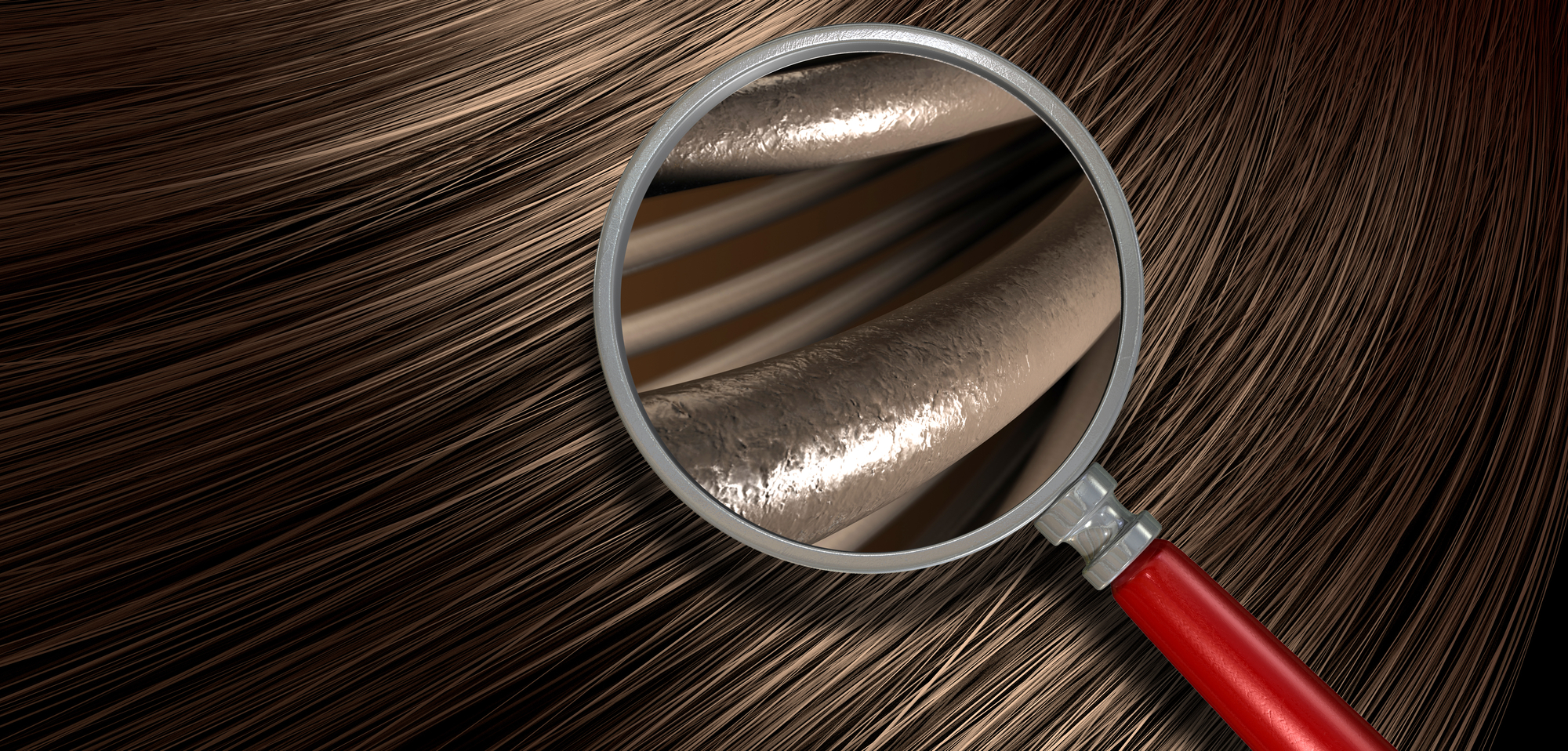Female Pattern Baldness

Female pattern baldness, (Androgenic Alopecia), typically occurs at the front, parting, (middle and actual), and crown area. Thankfully it rarely results in total loss of the hair.
There is a strong genetic link though the pathway is still not known. Its more common after menopause, so there is a possible link between the loss and hormones, particularly estrogen. There is no cure for female pattern baldness. It occurs in up to two-thirds of women after menopause.
In your scalp, you have two types of hairs that come out of one follicle at a time. There are terminal hairs which are the fatter of the two and vellus hairs which are finer. During female pattern hair loss, some of the terminal hairs can shrink and become vellus hairs. These hairs are more fragile and eventually that hair can stop all together.
To discover if this is happening it’s as simple as looking through a trichoscope to compare the hairs in the unaffected areas to the ones in the affected areas. At Trigg Hair Studio Sam is our resident associate trichologist and you can book an exam here.
Things that can help are:
- If it’s mostly through your part, change it to another spot.
- Get blood text to check your thyroid, some indications it could be thyroid are an unexplained loss or gaining of weight and a loss of energy for no known reason.
- Check in with your diet and exercise plan, have you been looking after your bodies needs?
- There are certain hair and scalp care ranges that can assist, we use and recommend Activance.
- Have your microbiome checked to make sure your gut health is good. Click here for who we recommend to use for this as seen on Catalyst
- Minoxidil is a drug you can apply to your scalp that will help however like all medications there are side effects. Also you need to use it for 6-12months to see results and it’s not effective in everyone.
- In extreme cases hair transplants can be done. They take hair from the unaffected areas and move it to where the loss is.
In summary for most women this issue will be minimal. For the most part it will only be you noticing the changes. Do be honest with your lifestyle choices as it’s the fuel that makes your body work. If you used diesel in a petrol engine vehicle, it’s not going to work.
For further information and a trichology exam to confirm this is whats happening to you, you can book in here.


